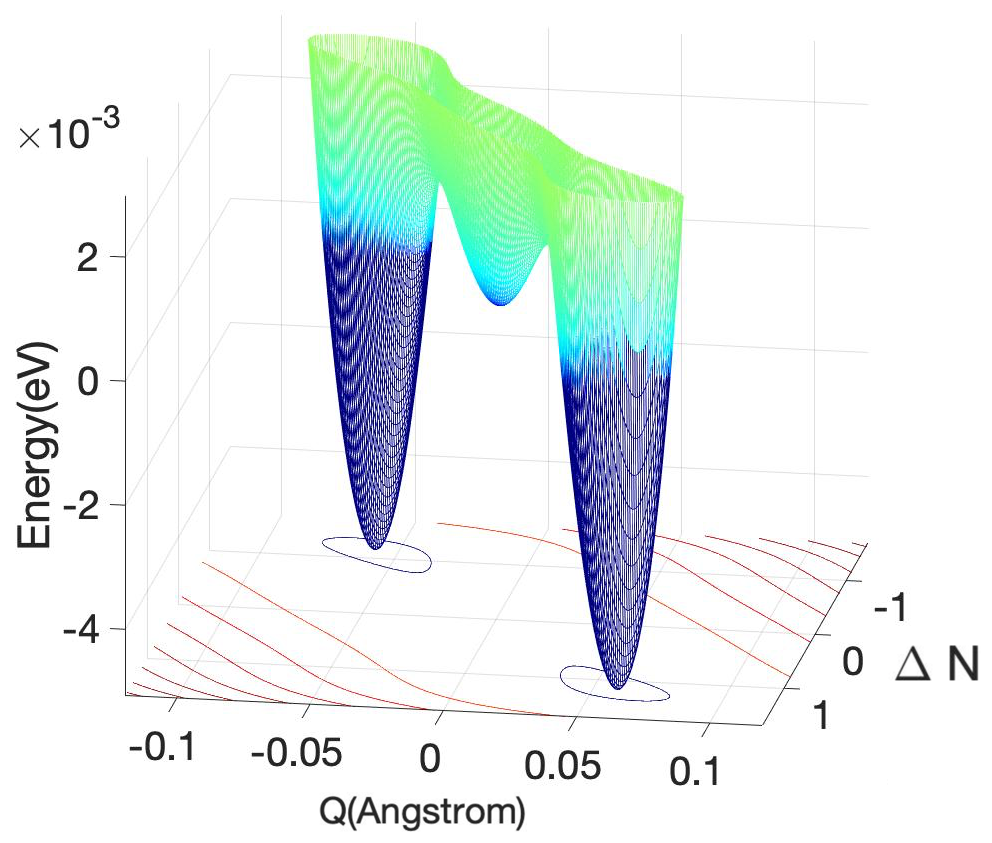

Understanding how strong electron-electron correlations contribute to both metal-insulator transitions and to superconductivity is a key challenge in condensed matter physics. At CCQ we are developing, implementing and applying methods to analyse these questions in the context of currently important materials.
Research
- Correlated Electron Superconductivity
- Almost 3 decades after its discovery, the nature of the superconducting state of Sr2RuO4 remains a major challenge. The field has been recently shaken by experiments showing that the pairing may be a spin-singlet after all. In the framework of a collaboration involving colleagues from the Max Planck Institute in Stuttgart, we have developed at CCQ advanced many-body methods based on the calculation of vertex functions within dynamical mean-field theory and the solution of Eliashberg equations to predict the nature of this pairing. We have shown that the Hund’s coupling plays a key role in promoting inter-orbital pairing.
- The discovery of superconductivity in the “cuprate-analogue’ materials LaNiO2, PrNiO2 and NdNiO2 along with investigations of the related trilayer materials such as Pr4Ni3O8 has renewed interest in fundamental questions of correlation physics and its connection to superconductivity and m-agnetism. At CCQ we are developing and applying methods for the study of the nickelates and their relation to the more familiar cuprates.(PhysRevX.10.021061)
- Metal-insulator transitions
- A major effort at CCQ is devoted to understanding the many metal insulator transitions that are known experimentally and are not accounted for in the independent-electron approximation of density functional theory. Recently we have elucidated the interplay between electron-lattice and electron-electron coupling, showing how the coupled physics plays an essential role in the transition. (PNAS 116(29) 14434-14439)(arXiv:2105.02271)

Energy landscape of metal-insulator compound NdNiO3 in plane of electronic (Δ N) and lattice (Q) coordinates showing that a lattice distortion is required to obtain the energy minimum.
- A major effort at CCQ is devoted to understanding the many metal insulator transitions that are known experimentally and are not accounted for in the independent-electron approximation of density functional theory. Recently we have elucidated the interplay between electron-lattice and electron-electron coupling, showing how the coupled physics plays an essential role in the transition. (PNAS 116(29) 14434-14439)(arXiv:2105.02271)
References
- Many-Body Electronic Structure of NdNiO_2 and CaCuO_2, Jonathan Karp, Antia S. Botana, Michael R. Norman, Hyowon Park, Manuel Zingl, and Andrew Millis, Phys. Rev. X 10, 021061 (2020)
- Dependence of DFT+DMFT results on the construction of the correlated orbitals, Jonathan Karp, Alexander Hampel, and Andrew J. Millis, Phys. Rev. B 103, 195101 (2021)
- Disentangling lattice and electronic contributions to the metal–insulator transition from bulk vs. layer confined RNiO_3, Alexandru B. Georgescu, Oleg E. Peil, Ankit S. Disa, Antoine Georges, and Andrew J. Millis, PNAS July 16, 2019 116 (29) 14434-14439
- Energy Landscape analysis of metal-insulator transitions: theory and application to Ca_2RuO_4, RNiO_3 and their heterostructures, Alexandru B. Georgescu, Andrew J. Millis, arXiv:2105.02271
Project Leaders: Andrew Millis, Antoine Georges
Project Scientists: Alexander Hampel, Sophie Beck, Domenico Di Sante, Olivier Gingras, Tim Berkelbach, Shiwei Zhang, Jonathan Karp (Columbia)